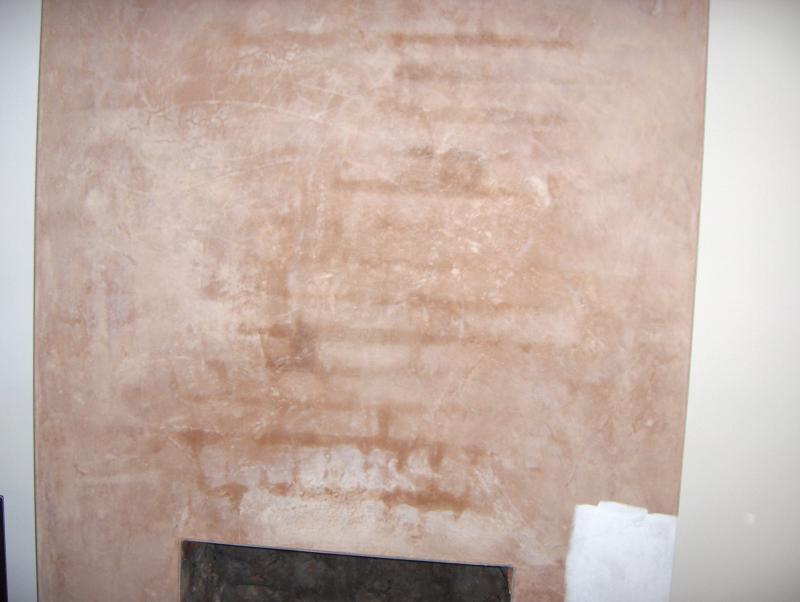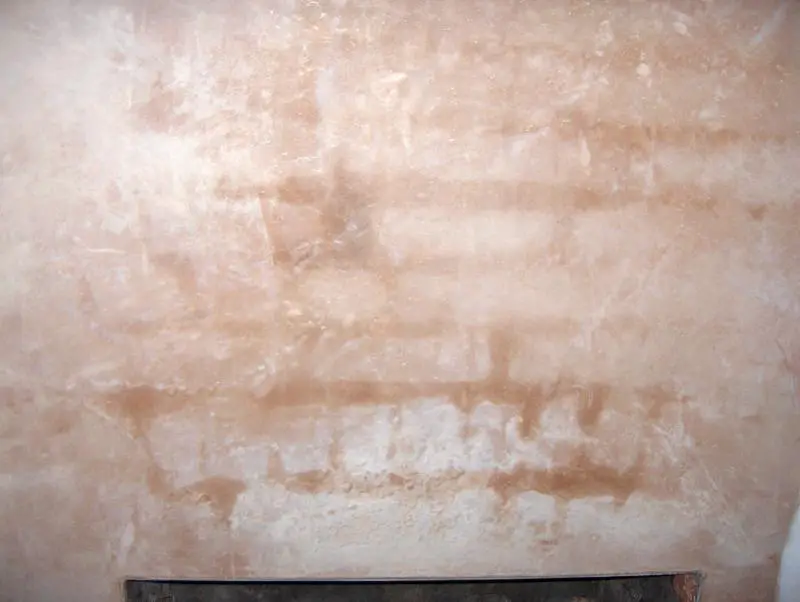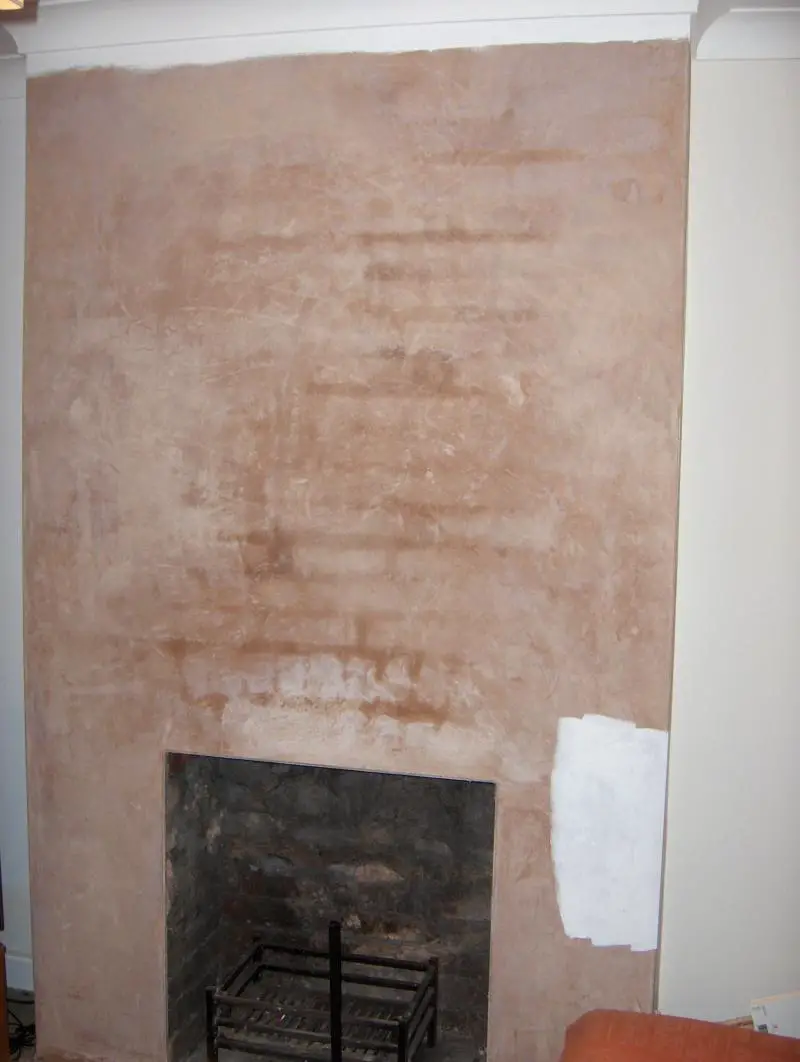Hi, Latest Saga!
I had my chimney breast replastered about 4 weeks ago, it was taken back to the bricks before being replastered.
I have noticed I could see the outline of the bricks as its been drying, however, when its wet outside the outline seems to become more obvious, it is almost as if it is more visible and actually damp along the mortar lines?
Is this normal, should I be worried? My initial thought is its condensation but not sure?
I have inspected the inside of the chimney breast and there doesn't seem to be any moisture coming in from the outside and Im guessing if it was trickling down the chimney the upstairs one would be damp too?
I had my chimney breast replastered about 4 weeks ago, it was taken back to the bricks before being replastered.
I have noticed I could see the outline of the bricks as its been drying, however, when its wet outside the outline seems to become more obvious, it is almost as if it is more visible and actually damp along the mortar lines?
Is this normal, should I be worried? My initial thought is its condensation but not sure?
I have inspected the inside of the chimney breast and there doesn't seem to be any moisture coming in from the outside and Im guessing if it was trickling down the chimney the upstairs one would be damp too?




